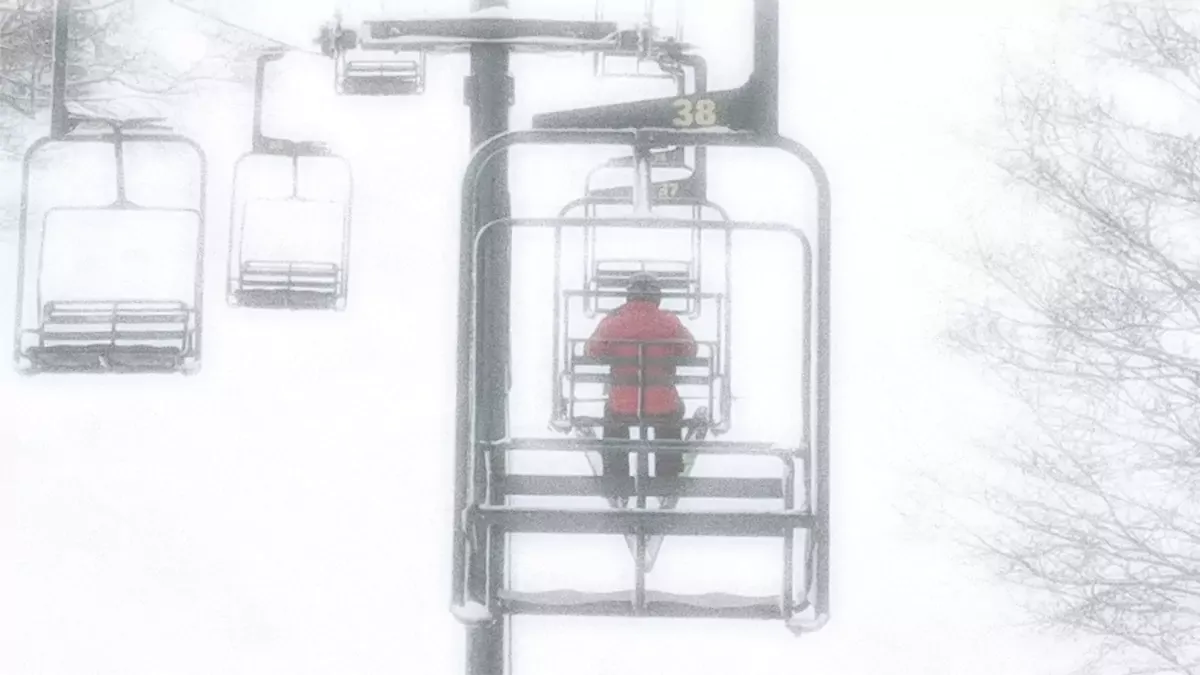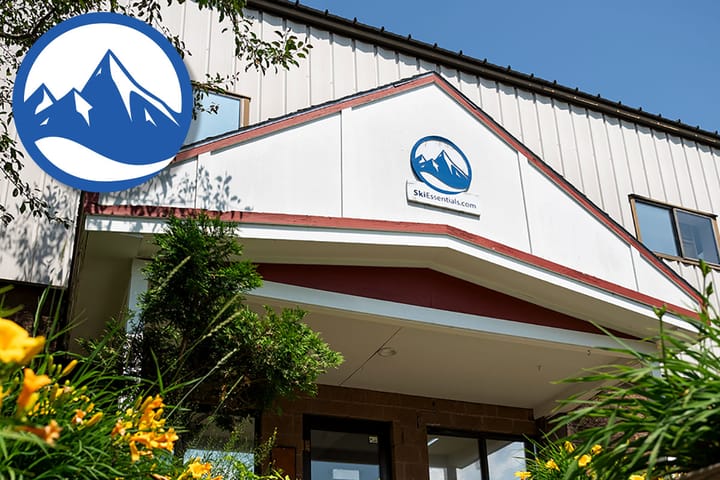Last week we saw Mt Baldy in California become the first ski area in the US to reopen. They are allowing 4 people to come in every 10 minutes, the only facilities are two bathrooms (you’re asked to go before you come), cars need to be parked 20 feet apart, you are told to bring your own lunch, and the après scene kind of sucks.
Some may celebrate this, I mean hell yeah, it’s lift serviced skiing and riding after all and they appear to be doing it as responsibly as possible, but for most of us skiing and riding is so much more than just going up a lift and down on a patch of snow. We also should not overlook the need of ski areas to make money. At least among the larger resorts half of their revenue comes from complimentary services that are totally non-existent in this setup. What is happening in California is more of a feel-good move with left over snow, which is admirable, but it’s not capable of generating profits for a whole season.
Efforts are underway in Norway to start up some small resorts to finish out the season with locals-only traffic and reduced services, and in New Zealand where they will allow resort employees to return today to prepare for the coming season there and expectations are that they will start with locals-only and reduced capacity, and possibly graduate to unrestricted domestic access. Both countries however had not just flattened the curve by way of extraordinary efforts with the aid of low population densities, Norway has nearly eliminated the virus from community spread and New Zealand claims to have already accomplished this. These are fantastic success stories, but they are not our reality. Simply put, we are not on a path to controlling the virus, and that is not going to change. Our path is to manage the impacts by not overwhelming our health care system and while paying special attention protecting older generations.
The following 4 different scenarios are used to group together various factors that could potentially have an impact, trying to weigh the needs of resorts to make an operating profit with the desires of the states to control the spread, and guidance and speculation involving future developments with vaccines.
The No Season Scenario
This needs no real explanation besides ski areas would either determine that they would lose more from attempting to operate than they would from staying closed, or the government would determine that they should not open. This would likely be determined on a state-by-state basis in the event of government intervention. I would give this option a 10% chance.
The Very Limited Scenario
A Very Limited scenario is where significant restrictions are placed on resorts as far as what services they offer, and how many skiers and riders they can have at one time. Although the numbers are different for every resort, operational profitability likely requires minimally 50% of regular season revenue, and in a Very Limited scenario there is no path to operational profitability for nearly every resort, especially the larger ones and those who make substantial amounts of snow. On top of the limited ticketing revenue would be large reductions in food and beverage, ski school, rentals, and lodging. On its own a Very Limited Scenario is unlikely, however since it allows for scaling up operations with further developments there is a possibility this path is chosen if it is offered as the only option by governments. I’ll give this a 10% chance.
The Somewhat Limited Scenario
The Somewhat Limited possibility is where there is a balance between our governments’ desire to manage the spread of the virus with some tolerance for gatherings of people in outdoors environments. This may come with capacity limits that would mostly apply to weekend traffic, reduced lodge capacity, limiting staff interaction with guests at every point possible, chair loading limits, the elimination of enclosed lifts, possibly day care and other kids programs, special events involving gatherings, enforcement of social distancing in areas like lift lines, and so on. The trick here is likely going to be for ski areas to come up with a fair plan that allows for operational profits that focuses on generating revenue from outdoor activities, and this may come with limiting some things like snowmaking and grooming. Governments are not going to come up with a plan that works for every ski area, and so the ski areas should probably work together to present a plan to the government for what they believe may work appropriately. For instance, ticket sales could be a factor of uphill capacity rather than a fixed number of skiers and riders across all resorts. I suspect that governments will have a much greater tolerance for imperfection come November, however some guests might not, and some locals might not either. I see this scenario as being tied in likelihood as the Mostly Normal option with a 40% chance.
The Mostly Normal Scenario
For a Mostly Normal ski season to happen we would either need our state governments to give up on trying to control the virus, or we would need an early vaccine or very effective treatment for severe disease. No other scenario seems to have a path to normalcy. Human nature and our culture dictates that even under stay at home orders significant numbers of people will flout the guidance and create unsafe situations resulting in limitations being imposed. Examples of this are everywhere and it does not matter what you feel as an individual about the legitimacy of exercising your own personal freedoms because unlike beaches in California, or backcountry in New Hampshire, ski areas are businesses and subject to civil and criminal liabilities. I see giving up on trying to manage the virus as being very unlikely. The big wild card here though will be the enormous pressure that will likely exist to approve a vaccine for general distribution before election day. That could result in it reaching the majority of the public before the end of the year, possibly on an as-is, use at your own risk basis. It would be political suicide to stand in the way of rushing a vaccine out the door once proven effective despite not being proven safe. These are desperate times and this bears watching. I see this as having a 40% chance.
Second Half Hope
There is a potential silver lining in all of this. While there are currently no expectations of a vaccine by the normal start of the season, the second half of the season, which starts on February 1st, falls squarely in the period during which one is currently expected to become available with enough production to cover our population. This provides us with a path forward from the other scenarios, and a reason to maintain hope regardless of how dire things may look now. Once the vaccine starts to become available I expect any remaining restrictions or at least their enforcement to quickly disappear despite people generally needing up to 2 weeks to develop immunity, and a subset of those given the vaccine will not develop immunity, so there will be risk until spread has been stopped and the virus dies out from community transmission due to immunity, but government is unlikely to stand in the way of a return to normalcy as soon as this starts.
NOTE: This article was republished from the Snowology Community on Facebook exactly as it appeared. Two days later on April 29, 2020 the first details of Operation Warp Speed and its push to speed vaccine development were leaked and then formally announced about 2 weeks later. A combination of the "Mostly Normal Scenario" and the "Somewhat Limited Scenario" won out in the Northeast, and the "Second Half Hope" did occur starting in March as vaccinations became more widely available and some restrictions were lifted, though it didn't come in time to have a notable effect on the ski season. You may view the original post as well as comments from members of the ski community at that time by following this link (group membership required): https://www.facebook.com/groups/252514958745258/?multi_permalinks=537748943555190






Comments ()